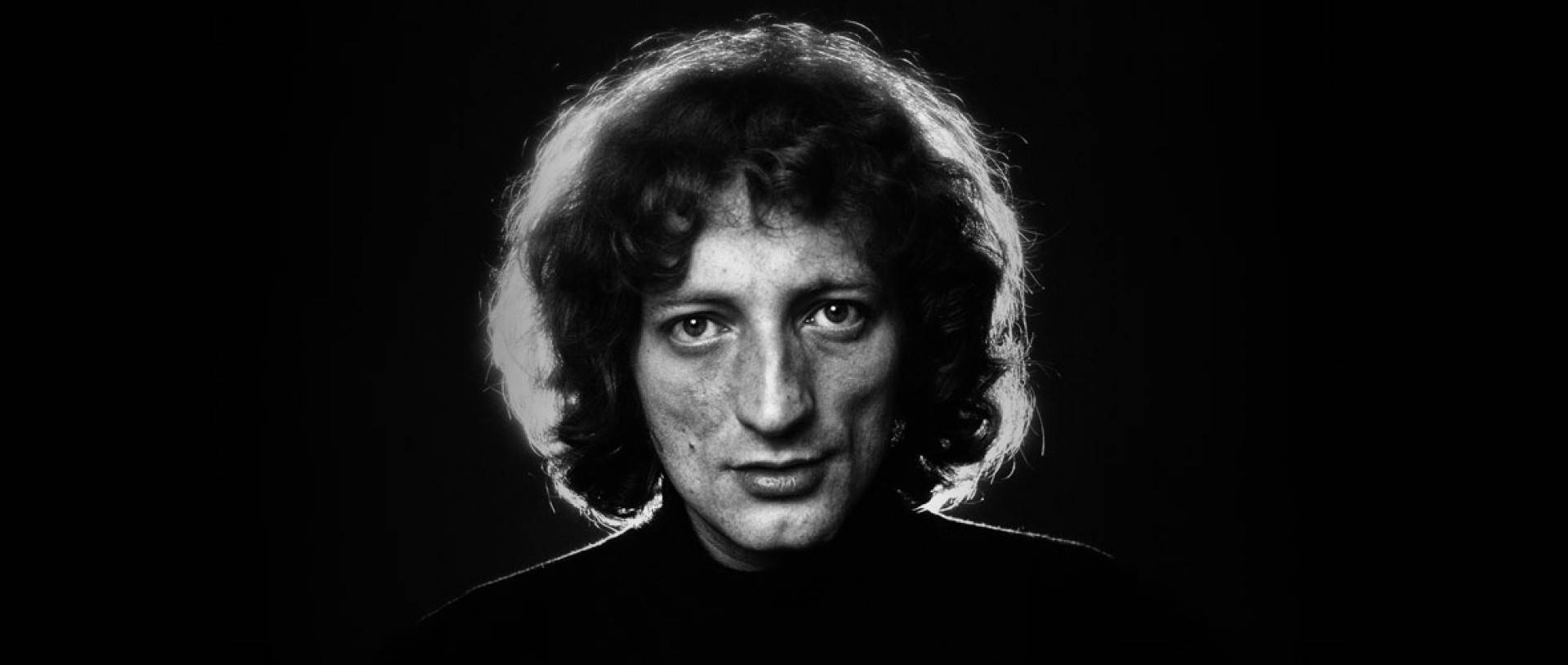

The Phenomenon of Marián Varga
2022 marks the fifth anniversary of the passing of Marián Varga.
He was a unique artist, composer, instrumentalist, bohemian and intellectual, whose life and work had an impact on thousands of lovers and fans of beat music across several generations in the Czech Republic and Slovakia, as well as the rest of Central Europe.
From the late 1960s until 2017 he was one of the most distinctive figures of the music scene and cultural life in Slovakia.
His singular charisma, appearance and language, and in particular, his unique and inimitable way of playing keyboard instruments (Hammond, piano, organ, synthesizers), featuring a special and unmistakable melodics, fascinated everyone who had an opportunity to see him at the hundreds of concerts, vernissages and social events at which he performed.
His name will remain primarily connected with the concerts of the band Collegium Musicum, numerous LPs and his cooperation with the most respected musicians, writers, poets, film makers, artists and others in our country of the past fifty years. Since the release of their first SP record entitled Hommage à J. S. Bach in 1970, which became an anthem for an entire generation of free thinkers in Czechoslovakia, his music was of the best quality, the most sought after and admired work which our music scene had to offer, and for which we are properly proud of today.
His captivating music convinced us that despite the conditions and technical constraints under which it was created, it was possible to work creatively, freely, boldly and timelessly.
The LPs entitled Konvergencie (Convergences, 1971), Live (1973), Zvoňte zvonky (Ring Bells, Ring!, 1968), Zelená pošta (Green Post, 1972) and many others are jewels of Czecho-Slovak music compositions. Musically educated artists, who in the early 1960s with comparable professionalism continued in various musical styles of that period, remain a permanent inspiration and source of knowledge even for their much younger audience due to their highly professional attitude, and their approach to music, and its composing and interpreting. Moreover, they were founders and leaders of musical and artistic genres, and Marián Varga was one of them. His music with Collegium Musicum became a unique example of Art Rock, whose style and character was presented worldwide.
Marián Varga’s personality attracted and, it’s safe to say, magnetized the multitudes of fans and admirers of his music. His unique and incomparable instrumental ability to fascinate audiences attracted hordes of photographers who used the opportunity to meet him personally, but primarily to capture artistically and documentarily the moments of his artistic creativity and musical equilibristics.
He was a unique personality and artistic phenomenon, a living legend, an individual who in our European region and under our conditions comes along perhaps once in a hundred years. For many of us, it was our good fortune and privilege to gradually get to know his music and exceptional talent, but also to see him perform live in concert. Several of us had even the opportunity to get to know him as a generous man, a well-read and educated intellectual who will always remain an example of personal bravery, dignity and courage to resist the influence of the regime and the requirements of the times. Our gratitude will never be enough. He became part of us and we became his companions.
Thus, in consideration of these values, and out of our gratitude, respect and admiration of his life and work, the Danubiana has decided to present a unique exhibition of photographs of Marián Varga on an area of 1,600 m2. To do so, we invited respected photographers Martin Marenčin and Jozef Ondzík, Marián’s wife, Jana Vargová, and graphic designer Robert Kucmen to serve as advisors.
The exhibition will feature the most artistic and journalistic photographs taken by more than seventy famous Czecho-Slovak photographers. All of them readily agreed to provide the photographs without requesting any royalties, out of respect and admiration for the work of Marián Varga, and to allow thousands of visitors to look back on the life and work of this unique artist.
The work of photographers, such as Tibor Borský, Peter Procházka, Juraj Bartoš, Ľuba Lauffová, Vladimir Yurkovic, Ľubo Stacho and many others are a guarantee of the high quality and artistic evidence of the period.
It was the Danubian’s great honor to receive the consent from Jana Vargová and the Marián Varga Society to organize such a unique exhibition entitled Hommage à Marián Varga, and after its closing on January 29, 2023 to offer it to other museums and galleries for the further presentation and promotion of the work of an artist whose name will never be forgotten in Czechoslovak culture.
We would also like to thank the Mesiaca fotografie (Month of Photography) organizers who have decided to include this exhibition in many respected artistic exhibitions and accompanying events throughout Bratislava during the 32nd year of the festival.
Vincent Polakovič
Director of the Danubiana Museum











































































































































